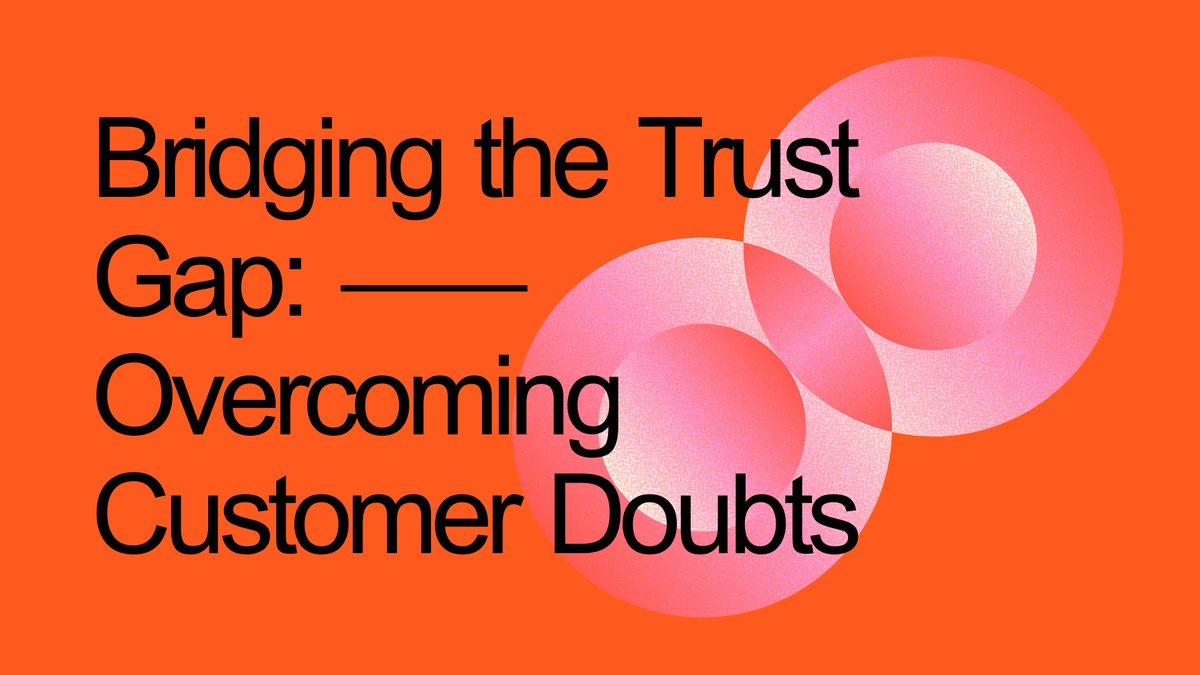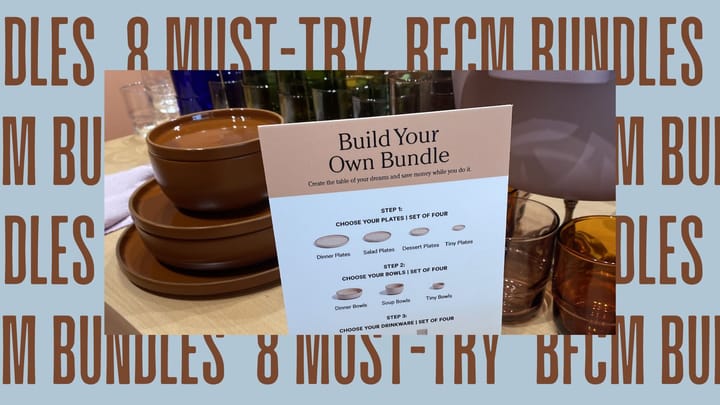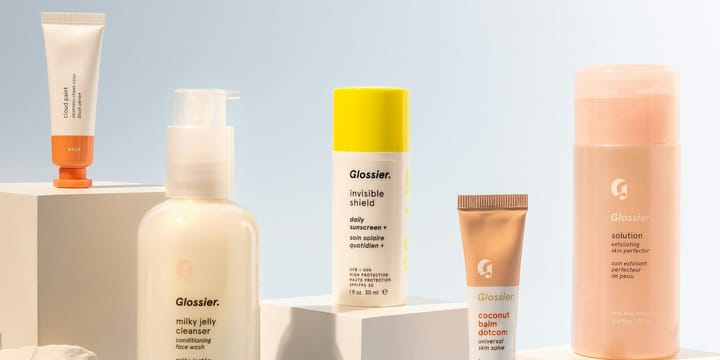Bridging the Trust Gap: Overcoming Customer Doubts in 2024
Customer doubts are more present than ever. Here's how to effectively address them.

Customer doubts are more present than ever.
According to Deloitte and Twilio, nearly 80% of B2C leaders believe customers trust their brand, but only 52% of consumers feel that way.
And it takes a darn good brand campaign to pull the fearful customer out of that mindset and back to brand engagement.
We sat down with Justuno, Omnisend, Aftership, and Lucky Orange to discuss detached consumers, understand their fears, and effectively address their concerns.
Here’s the recap if you prefer to watch. Otherwise, keep reading!
Customers: understanding their current fears
Customers who have already purchased from your shop will behave differently from those who haven’t. Existing customers have already shown trust, whereas new visitors are in the consideration phase—so their journeys vary.
New visitor’s fears can be traced back to the channel they arrived from, such as email or social media. For example, email visitors might worry about the offer's authenticity, while social media visitors might be skeptical about product quality.
Evolution of customer fears
Today, customers don’t worry about the same things they did 15 years ago. Concerns about credit card safety have shifted to concerns about:
- Product Quality: Is the product worth the money?
- Return Policies: Can I easily return it if there's an issue?
The demand for quality is higher than ever, with 31% of customers ranking product quality and customer service as the most critical factors.
How to learn your customers' fears
Two key ways are tapping into customer behavior data from onsite interactions and directly from customers.
Learning by customer behavior
Behavior is communication—it's incredibly insightful. Here’s an example:
Suppose you sell weight loss supplements. Your customers claim they're buying your supplements for weight loss, but you notice they spend a lot of time on sections focused on losing weight for other health reasons. This indicates they have other concerns they’re not disclosing explicitly. Their behavior is communicating something different than words.
This discrepancy is why performing session recordings and heat maps is crucial to understanding how customers behave on your site. Session recordings allow you to watch individual sessions and identify trends, while heat maps aggregate all sessions to reveal broader patterns.
Here’s an example from Lucky Orange:
End the session with a post-purchase customer survey to validate your findings from other tools.
Each of these tools is great—But ultimately, using them together allows you to identify customer behavior more effectively by comparing results.
Learning by asking customers directly
Post-purchase surveys are very effective, but when setting them up, it’s essential to ask questions that lead to actionable insights rather than just interesting facts.
For instance, asking: "Do you like our brand? Yes or No?” provides little actionable information. Instead, questions should be broken down by purpose and audience.
- Purpose: Is the question for marketing or product improvement?
- Audience: Are you targeting repeat customers, new customers, or both?
How to leverage feedback from surveys
Use feedback from surveys to improve your product pages based on specific concerns:
- Size concerns: If customers frequently mention concerns about product fit, consider adding a detailed size chart to your product descriptions.
- Highlight reviews: Place high-rated testimonials near the "Add to Cart" button to build trust quickly. Allow customers to click and read more reviews easily, anchoring them to the bottom of the product page.
How to address customer fears and reinforce trust
Put yourself in the shoes of your shoppers. What can you add to your website to improve credibility and make the shopping experience seamless? Every brand is going to be different, of course, but here are four simple things you can do right now:
Social proof is still one of the best ways to build trust
Social proof is crucial in overcoming initial customer fears, with 72% of customers saying they trust product reviews just as much as personal recommendations.
How should you leverage it on your website? Easy.
- Use snippets of product reviews and testimonials in your marketing materials.
- Highlight top-rated and customer-favourite products in your messaging.
- Use your website, emails, pop-ups, and other marketing channels as outlets.
Product bundles are a great way to react to certain behaviors
Remember, you want to monitor actions that indicate the need for a reaction. And when products are frequently purchased together as separate items, it's a solid signal to create a bundle.
You can identify these patterns by analyzing heat maps to understand customer journeys. You can also review your Shopify online store cart analysis report, which shows which products customers have added to the same cart in the last 30 days.
If products are purchased together at least 5-10% of the time within this period, consider bundling them with a discount. This can be highly effective as it addresses customers' complementary needs.
And before you put bundles on the backburner—YES, they should be used year-round, not just during major holidays like BFCM.
Consider other holidays and events like New Year's Day, Valentine's Day, Mother's Day, and seasonal trends to boost your Average Order Value (AOV). For example, during summer, bundle skincare products with SPF, and in winter, bundle moisturizing products to address dry skin.
Sometimes, it can really be that simple to address what your customers need from you to feel more confident about making a purchase.
Context? Always
To tackle the fear of whether a product will work and how long it will take to see results, provide context-heavy copy on your landing pages explaining the benefits and expected results of using products.
For instance, for a product bundle providing a customer with a full skincare routine, you might feature products like a moisturizer, a cleanser, and a toner.
The copy on your bundle landing page needs to explain that using these together will yield results ten times faster than using one product alone. You should also specify the timeframe for visible results so customers don’t give up after a few days of use if it’s going to take one month.
Here’s an example from Tubby Todd:
This detailed information helps establish credibility, making it more likely for customers to purchase. Remember to identify unique selling points that set your products apart while staying crystal clear.
And, please, avoid jargon or overly complex sentences. Simplicity is our policy at Simple Bundles 😉
Expensive items require longer sales cycle—build trust accordingly
When selling high-end items with long sales cycles, it’s crucial to justify the investment and the wait time. Two practical approaches?
1) Behind-the-scenes content
Show off content on how your team makes the product to show the meticulous process—the craftsmanship, the detailing, the sourcing of raw material. This transparency helps to:
- Justify the price: Highlight the materials' quality and the makers' expertise.
- Explain the wait time: Show why delivering takes time because it’s a complex process to create any product.
2) Engaging content
Maintain customer engagement through various channels, such as:
- Email campaigns: Use email to tell the story behind the product, explain the process, and showcase the craftsmanship.
- Website content: Include behind-the-scenes videos, maker profiles, and detailed product information directly on the product description pages.
These approaches help build trust because transparency in the production process allows customers to see your products' effort and quality.
Communicating the value and process behind high-end products can make customers feel more confident in their purchase, even with a longer sales cycle.
Address fears the simple way
Another way you can build trust? Give customers the choice to customize their purchases.
Mix-and-match bundles let customers select flavors, colors, scents, patterns, and other product variants to create a bundle of products to address their specific needs.
We streamline these bundles with your backend processes in four ways:
- Bundle building made simple: Craft all types of bundles, like mix-and-match, multi-packs, subscription bundles, B2B wholesale packs, and more.
- Infinite options: Offer bundles with infinite choices, passing Shopify’s variant limit.
- Order breakdown: Simplifies order processing by splitting bundles into individual items and keeping inventory up-to-date to prevent overselling.
- Advanced order & inventory management: Manage orders, and track bundles and their content inventory in real-time across multiple locations.
With Simple Bundles, you can provide customers an unparalleled level of customization and choice, making their shopping experience truly unique. Visit us at Simple Bundles to learn more, or install Simple Bundles for FREE on the Shopify app store.


